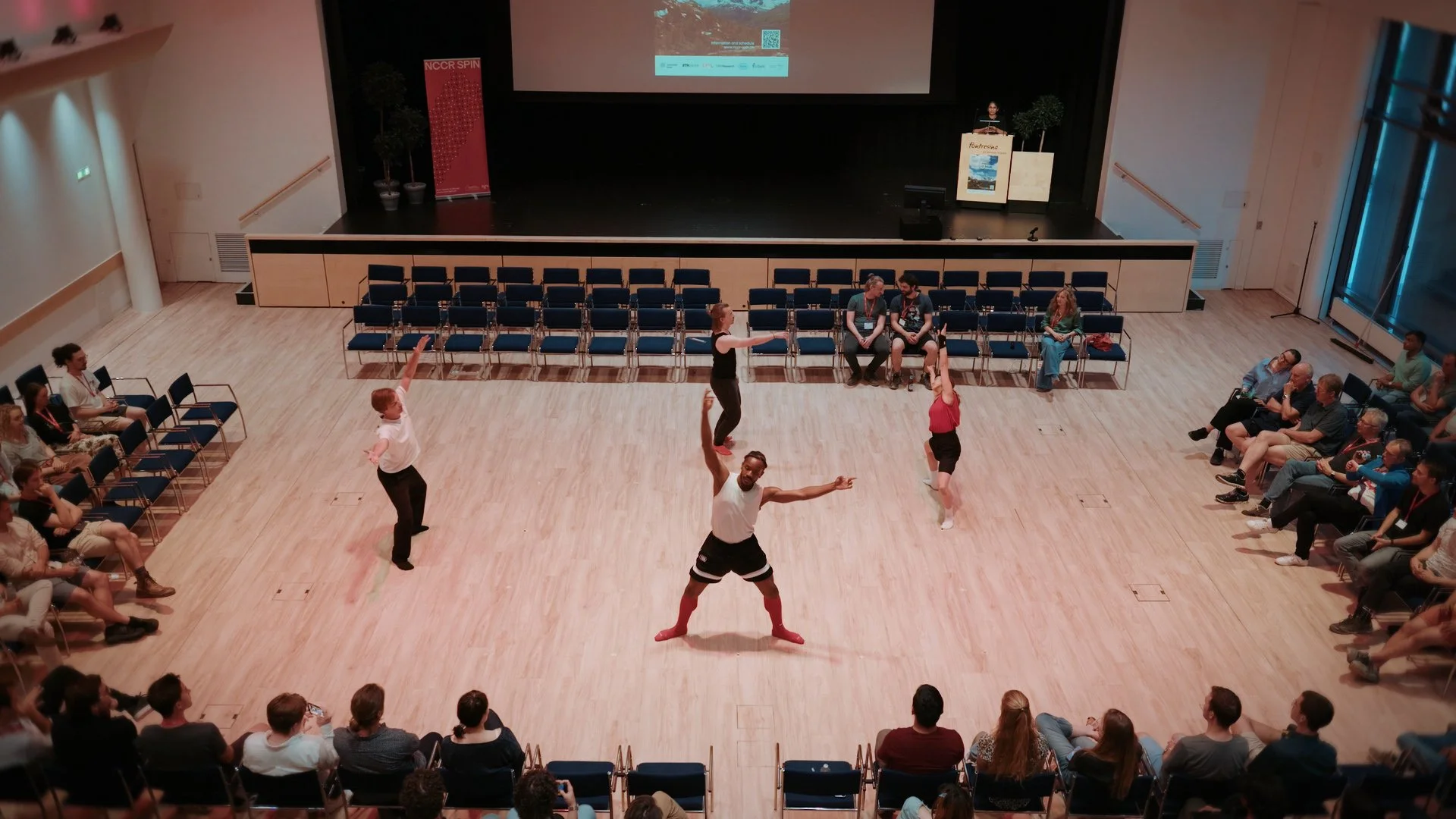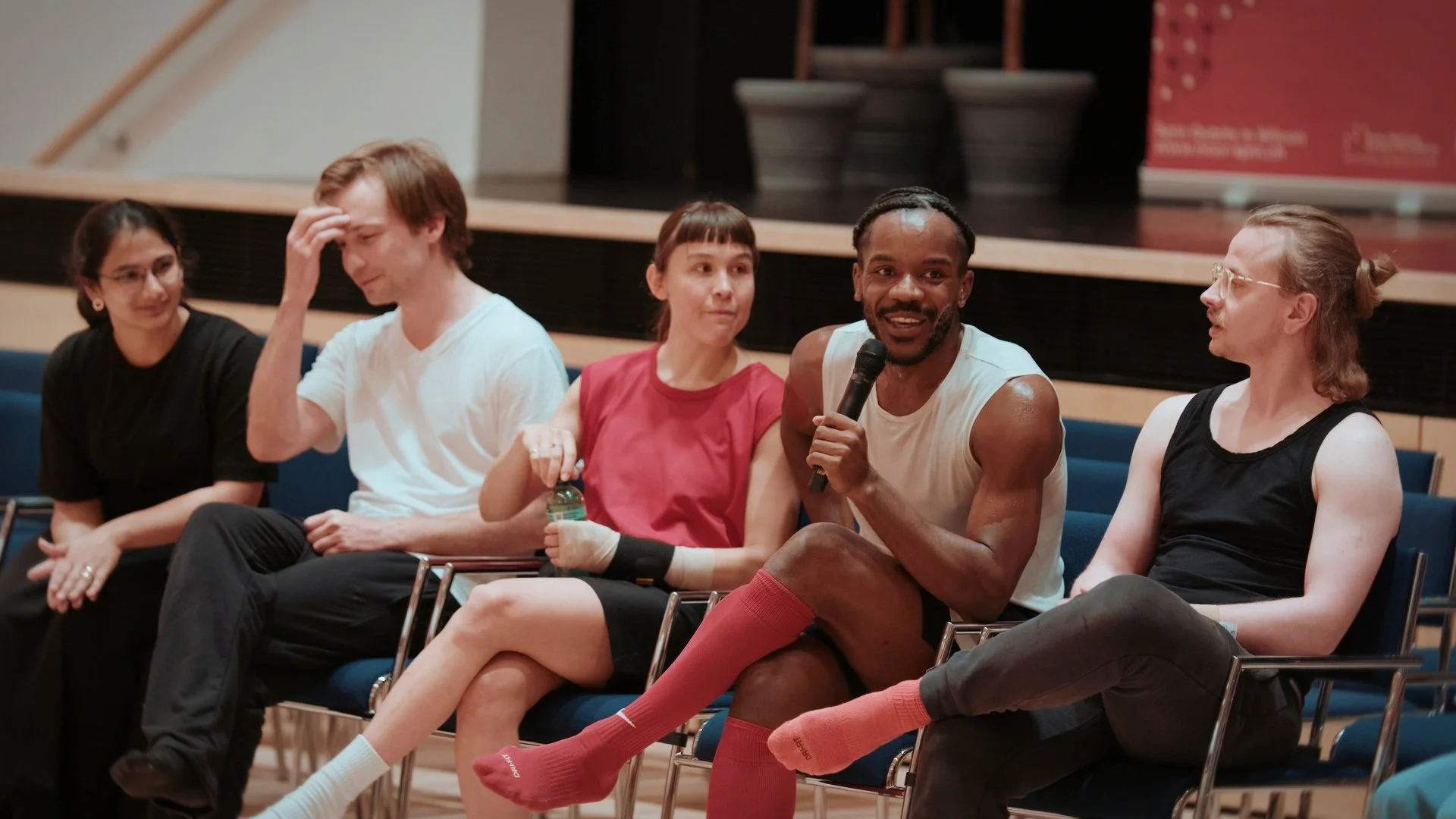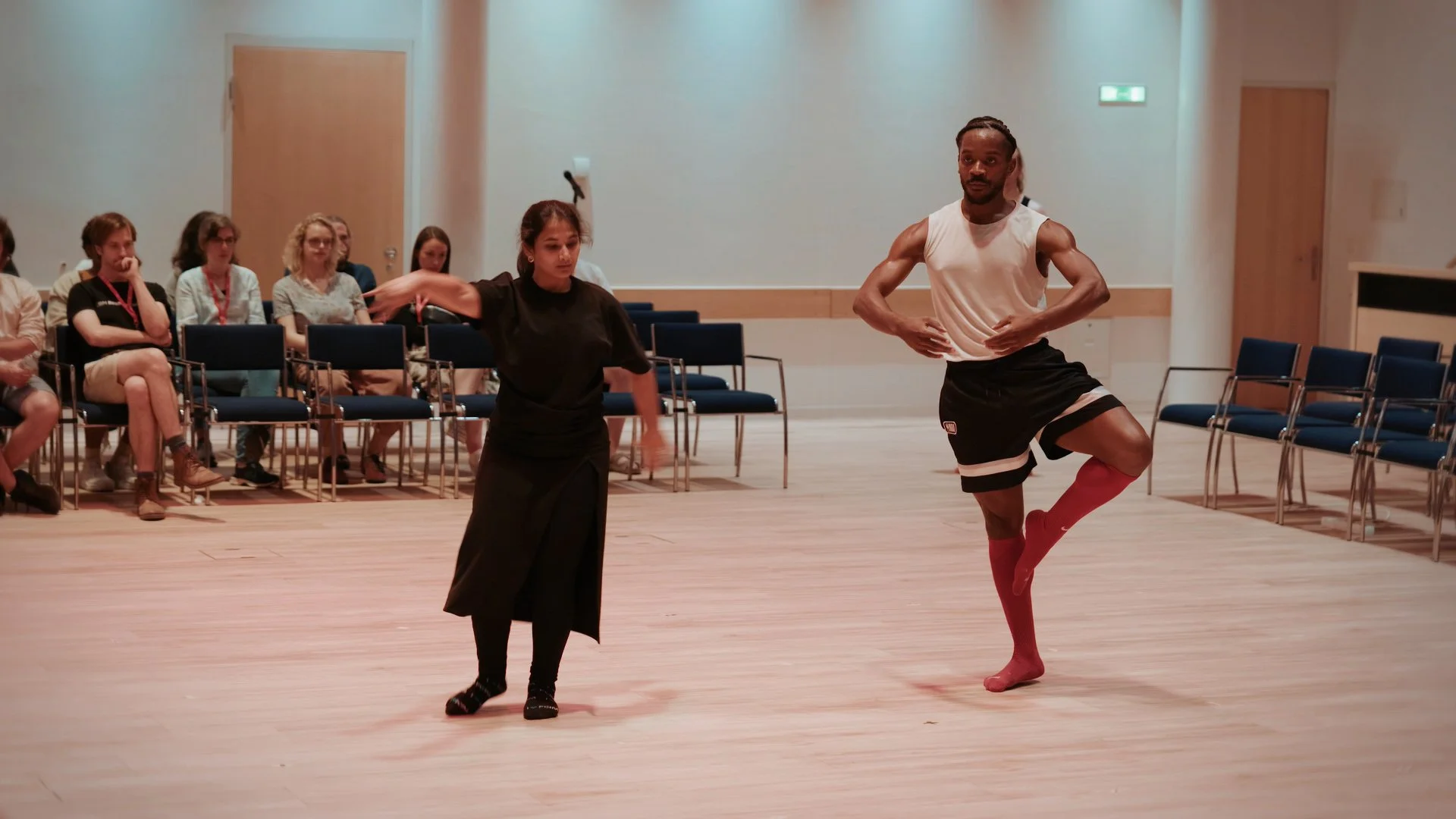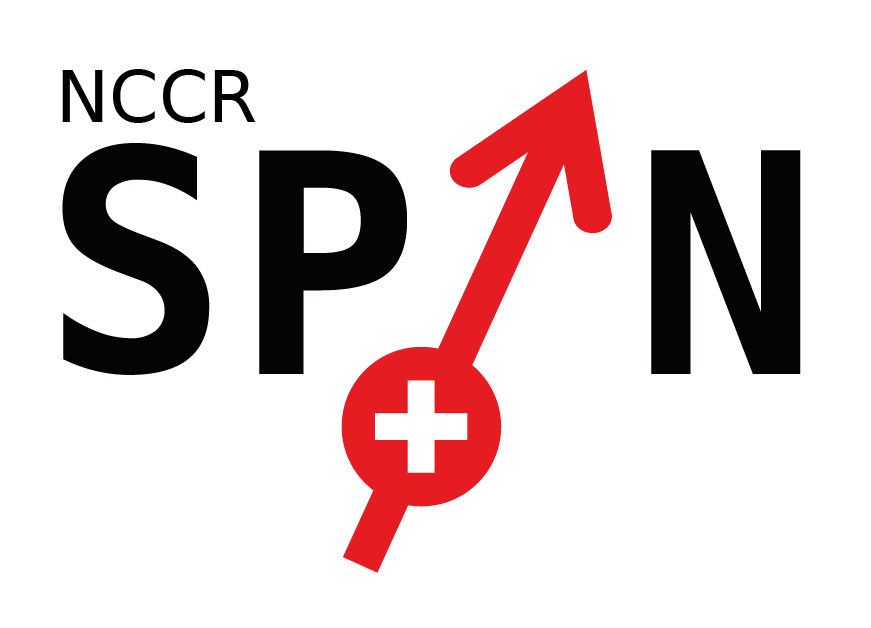“Dancing with Pauli: A Quantum Dance Tutorial” captures a quantum circuit at work through a poetic performance
Can a quantum circuit come to life through movement? This question sparked the creation of Dancing with Pauli: A Quantum Dance Tutorial, a performance merging science and art —transforming abstract quantum operations into embodied motion. The show premiered in Pontresina on June 19th 2025 for the NCCR SPIN Annual Meeting 2025. Successful gamble, as the dancers manged to captivate an entire audience of physicists, leaving them amazed.
The piece emerged within the framework of the Canvas Outreach Grant, a program by NCCR SPIN designed to empower young researchers to develop their own outreach projects. This particular project was led and choreographed by Ilan Bouquet, a PhD student in the Department of Information Technology and Electrical Engineering (ETHZ), with scientific roots in the modeling of nanoscaled FET devices for quantum computing. Drawing from his parallel background in semi-professional dance training, Ilan set out to create a truly interdisciplinary work. “It was a dream to combine my vocation for science and my passion for dance, into the same project. And something I have been thinking about for a long time now.” he emphasises. This project was the first time that the young dancer/physicist choreographed his own idea.
At the heart of the performance were scientists-turned-dancers Artemiy Burov (FHNW), Anatoliy Lotkov (University of Basel), and Haripriya Pettugani (Moth/University of Basel), joined by professional dancer Ilaria Rabagliati. Most of the team had little to no prior dance experience, and the rehearsal process involved intensive movement training before choreography even began. This approach ensured that each performer had the tools to express quantum concepts through their bodies.
The stage was set in a unusual configuration, surrounded on all sides by the audience, which allowed each viewer to observe the flow of motion from a unique perspective. Only accompanied by the steady pulse of a metronome, the performance opened with a series of simple sequences of movements symbolizing the qubit initialization. The action of the quantum gates is then introduced disrupting and modifying the initialized state. Each dancer having their own gate arrangement, the former simple movement sequences evolved through the gates action in a more complexe structure executed on a layered music composed by Nadja Barbosa . A narrative, authored and performed live by Haripriya, guided the audience through the concepts of the choreography. This progression culminated in a final sequence of pure sound and movement, featuring all dancers, leaving the audience mesmerized.
The performance was more than just an artistic display: it was a learning journey. “I realized that I had to use novel management strategies to teach dance to scientists, it’s very different than working exclusively with dancers.” Ilan highlighted. “We had to cope with Ilan’s way of managing” Artemiy answered, jokingly. Dancers also navigated physical and cognitive challenges: memorizing movement sequences, adjusting to a novel training environment, and embracing vulnerability on stage. But what showed the most is a great dose of teamwork and trust, sustained efforts, and joy of collaborative exploration.
The performance was received with a long and generous round of applause and a final curtain call, followed by an engaging Q&A. The post-show discussions were filled with praise, enthusiastic reactions, and excellent feedback. We hope that this pioneering project will inspire scientists to pause, reflect, and embrace more art-and-science collaborations in the future.
The NCCR SPIN would like to thank the whole quantum dance crew for bringing such and engaging, multidisciplinary and innovative project to life: thank you for reminding us that science can move, literally.Special recognition to Artemiy Burov and Anatoliy Lotkov, who showed a great dose of courage dancing and performing for the first time! And to Ilan Bouquet, whose vision and guidance made the project possible. Thank you to Nadja Barbosa for the music, and Johannis Pedroso de la Torre (Nene) for the technique backstage.








